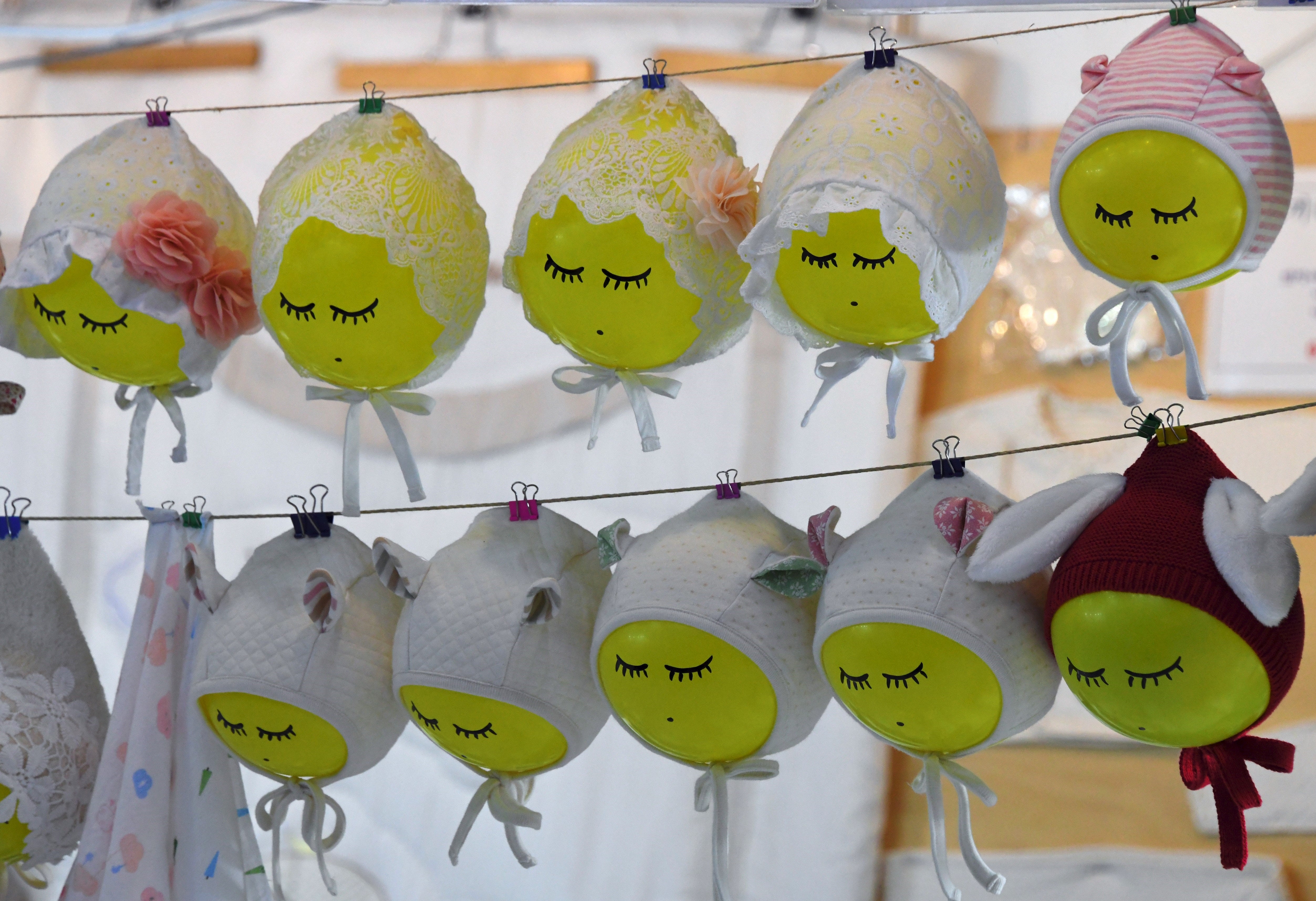The country where dog strollers now outsell prams for babies
South Korea’s fertility rate fell to a historic low of 0.78 in 2022

The sale of pet carriers in South Korea has surpassed that of baby strollers for the first time, underlining the country’s worryingly low fertility rate.
The East Asian country’s fertility rate declined to a historic low of 0.78 in 2022, the lowest globally and well below the replacement rate.
The trend is reflected in stroller sales.
According to Gmarket, an e-commerce platform operator, 57 per cent of the strollers sold in 2023 were for pets compared to 43 per cent for babies, the Korea Times reported. The corresponding figures were 33 per cent and 67 per cent, respectively, in 2021.
As fewer children are born in the country, the newspaper noted, more people are opting to raise pets. More than six million households in South Korea had pets in 2022, up from 3.6 million in 2012.
President Yoon Suk Yeol has called the plummeting birth rate a “national emergency” and announced the creation of a “Ministry of Low Birth Rate Counterplanning”.
“We will mobilise all of the nation’s capabilities to overcome the low birth rate, which can be considered a national emergency,” he said in May.
“I think the important thing going forward is indeed the economy. Corporate growth and job creation are important too but what I think is more important is to try harder to look for what is inconvenient in the life of each and every person and to resolve them.”

South Korea’s demographic crisis is blamed on a number of factors, but frustration with the rising cost of living and declining quality of life is considered to be the primary reason.
The federal government offers financial incentives to encourage couples to have children, paying 35m to 50m won (£20,566 to £29,380) from birth until the child turns seven.
It was reported in March that the number of marriages had dropped by 40 per cent over the past decade. The number of marriages recorded in 2023 was 193,673 as against 322,807 in 2013.
According to the Population Trends Survey by Statistics Korea, South Korea last year experienced significant demographic shifts characterised by declines in marriage and birth rates.
Join our commenting forum
Join thought-provoking conversations, follow other Independent readers and see their replies
0Comments